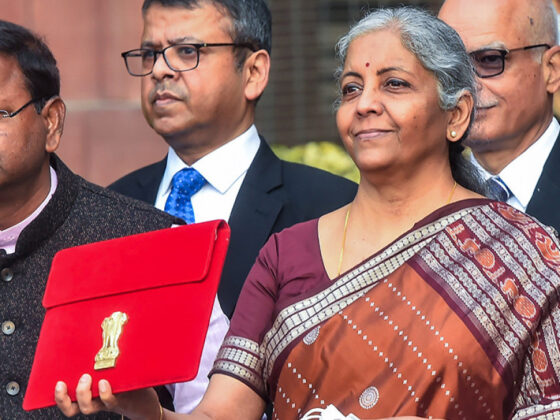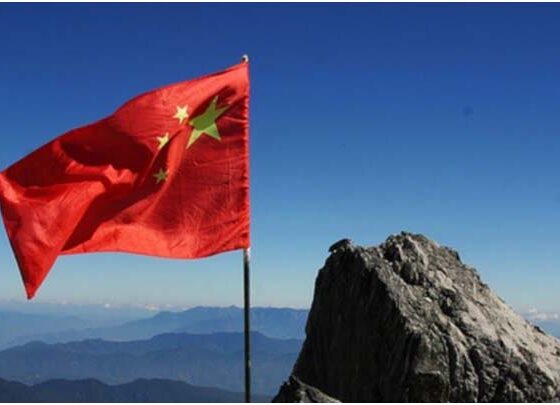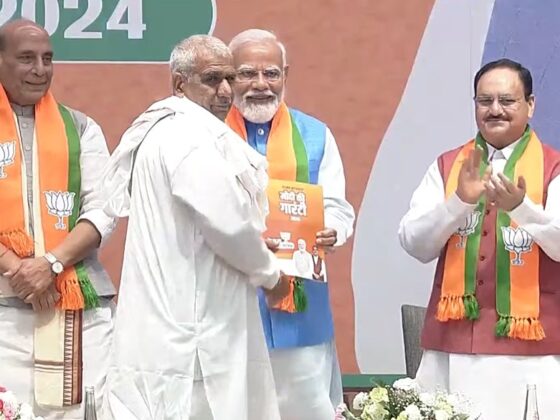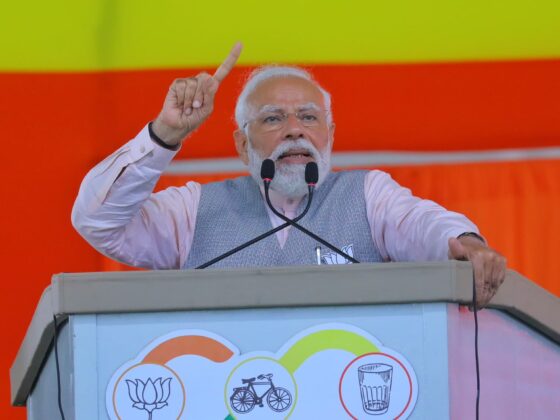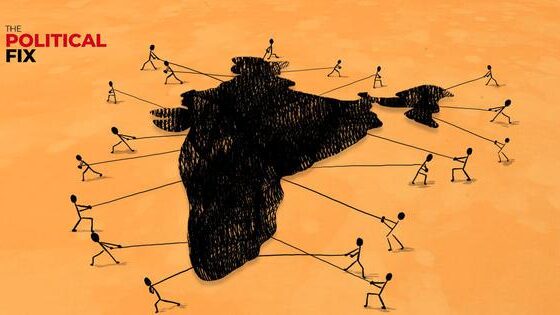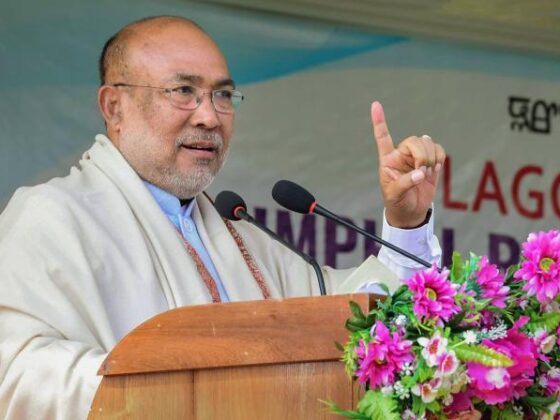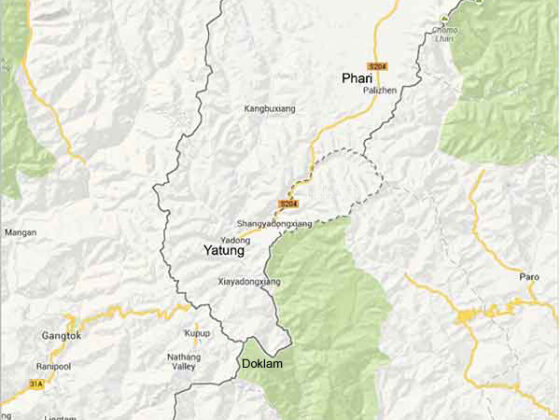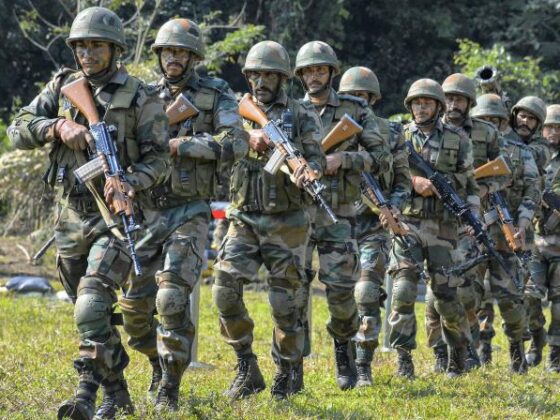World Bank brokered the IWT between India and Pak after many years of intense negotiations to allocate the waters of the Indus river basin
The Narendra Modi government has decided to start talks with Pakistan on the Indus Waters Treaty, and rightly so. After the Uri incident, Prime Minister Narendra Modi had said that “blood and water cannot flow together”. The reality, however, is that while flow of blood can be stopped, the water will continue to flow. The geography makes it next to impossible for the waters from the Indus, Chenab and Jhelum. Yet there is reason to revisit this treaty, because of Pakistan’s persistent misuse of the provisions of the IWT that enable it to adopt a dog in the manger attitude to prevent or delay any development of hydel projects on the three rivers that is permitted by the treaty. This must stop.
The Indus rivers system has a total drainage area exceeding 11,165,000 sq. km. Its estimated annual flow stands at around 207 km3, making it the twenty-first largest river in the world in terms of annual flow. It is also Pakistan’s sole means of sustenance. The British had constructed a complex canal system to irrigate the Punjab region of Pakistan. Partition had left a large part of this infrastructure within Pakistan.
Read More

